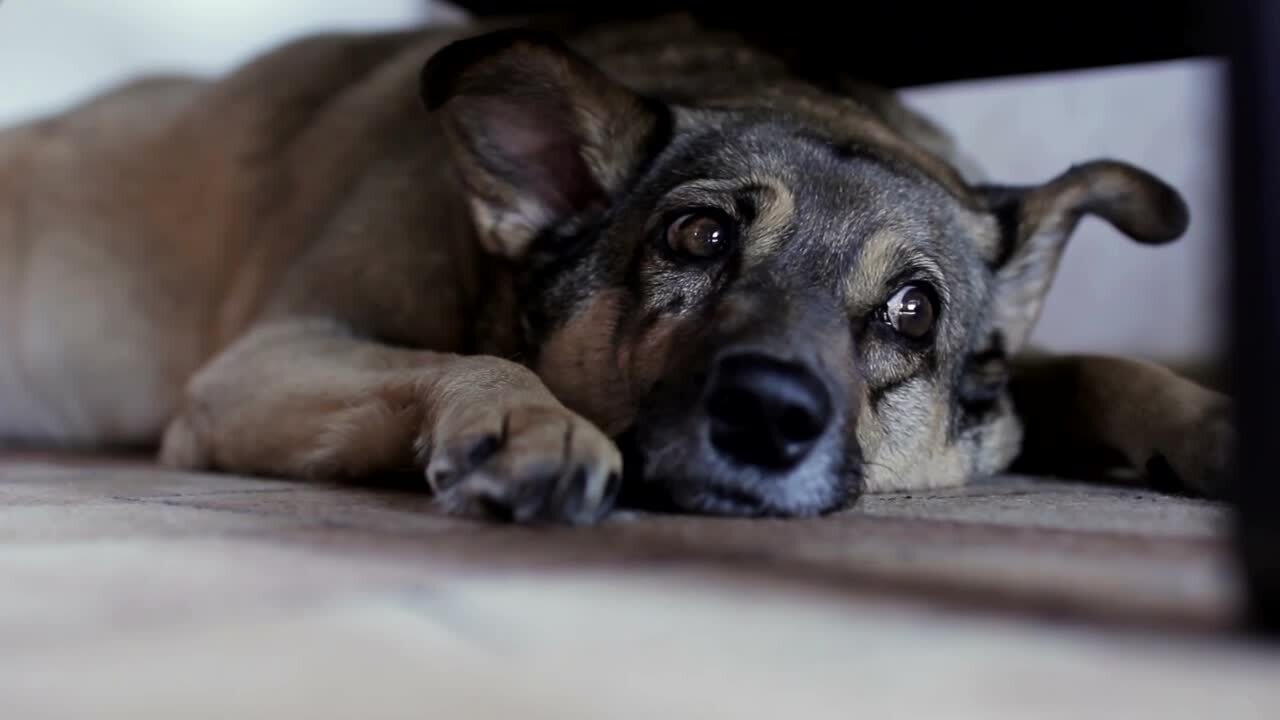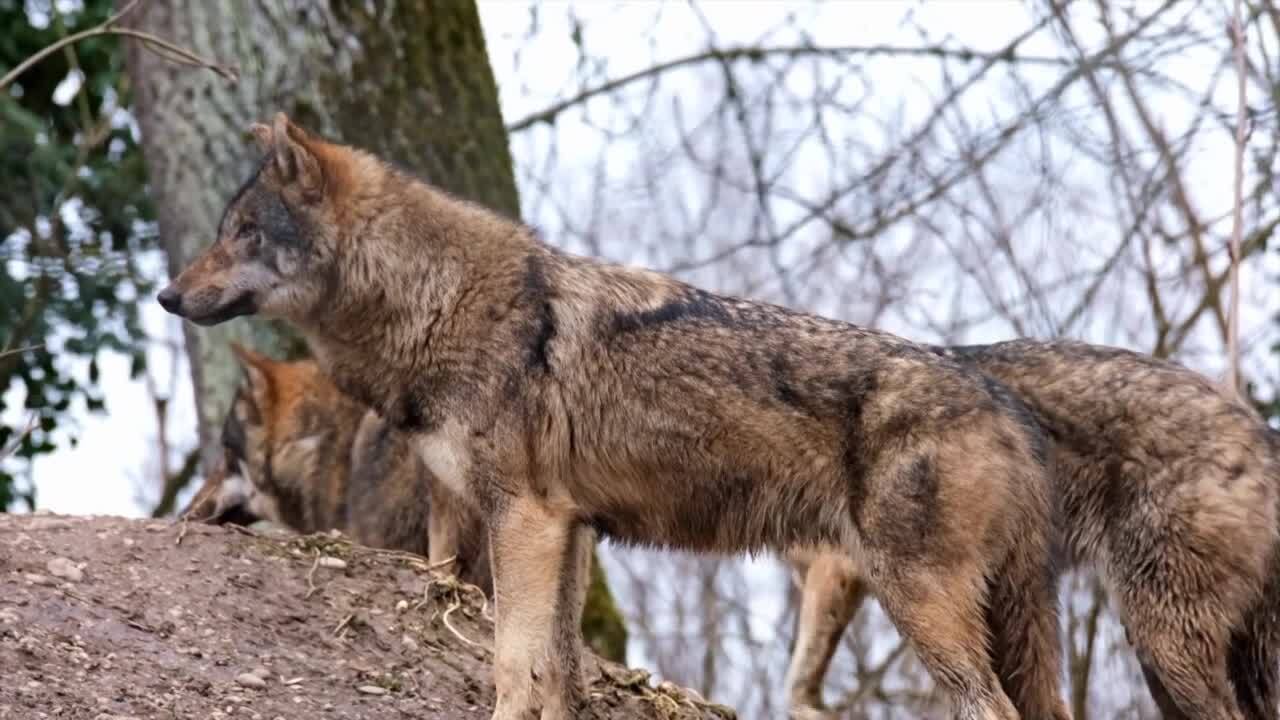MISSOULA - When you look at your dog you can almost tell what emotion they’re feeling just by the expression on its face, and there's one tiny muscle that’s key to it all.
This edition of A Wilder View takes a look at why dogs have eyebrows but wolves don’t.
Imagine coming home from a long day of work. You open the door, and your dog is giving you those puppy-dog eyes.
From this, you may feel the irresistible urge to take them on a walk or give them some belly scratches.
These lovable faces have helped create a deep, long-standing bond between people and dogs.

They also make dogs unique when compared with animals such as wolves or cats.
Eyebrow movement plays a major role in human communication and dogs have a muscle in the eyebrow region that gray wolves don’t.
That allows dogs to make that puppy-dog face we just can’t ignore.
As opposed to wolves, dogs are pretty great at eye contact. When dogs look at us, they often raise their inner eyebrow muscle which makes their eyes look larger and more inviting.
Although there’s never been evidence that dogs do this intentionally it still makes that loveable face.

This face that is sympathetic to our emotions is a behavior known as “paedomorphism,” meaning infant-like, so when dogs do this, it may trigger a nurturing response in people.
This also may have given a selective advantage over their counterparts which means that over thousands of years, people bred dogs that had the muscle, and now all of them have those eyebrows.
Though it’s sometimes hard to believe, dogs and wolves are the same species.
For years they were considered separate species with scientific names — canis familiaris for dogs and canis lupus for wolves.
But after much analysis, both are considered subspecies of the scientific name canis lupus.

Unlike dogs and foxes, wolves and dogs can reproduce.
When two animals can produce a fertile offspring, they’re considered to be of the same species. The two animals are thought to share a common, extinct wolf ancestor.
But dogs and wolves are very different in terms of evolution and behavior.
Dogs were domesticated over 33,000 years ago, and, during that time, selection processes have shaped both their anatomy and behavior and turned them into our best friends.
While we have known for a long time that dog body shape and bone anatomy have been due to artificial selection pressures, this eyebrow muscle is evidence that anatomical differences are also seen in the soft tissue.

The eyebrow muscle developed really fast in the long scale of evolution. The movement that it creates has such a strong effect that it was likely under massive evolutionary pressure.
This is interesting considering that these muscles are tiny and so paper thin you can see through them.
The reasoning for why dogs have eyebrows and wolves don’t opens up interesting questions for future research, possibly looking at similar aspects in domestic cats or horses.
The next critical question in need of answering may be looking at whether selection for tameness alone might create the same output.







